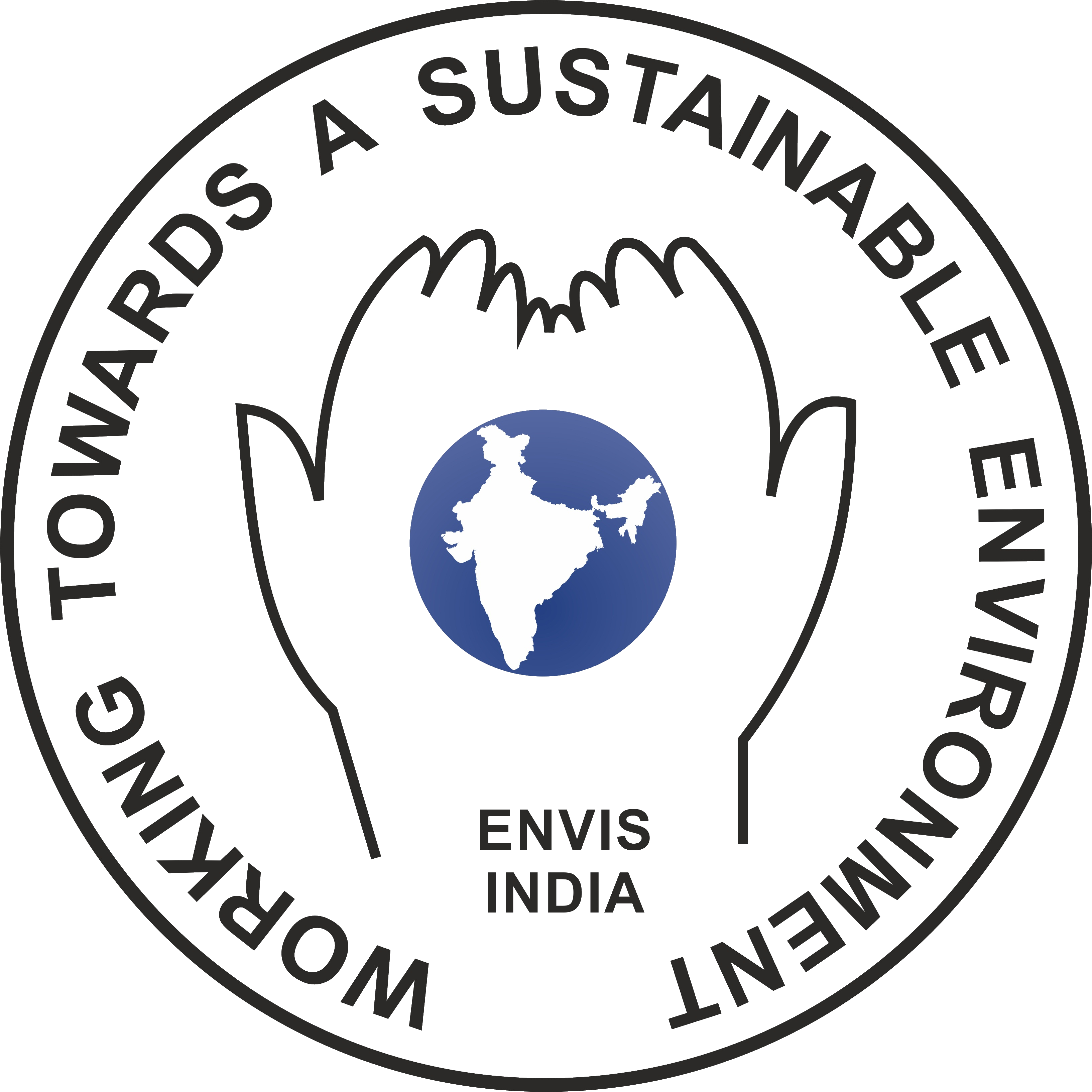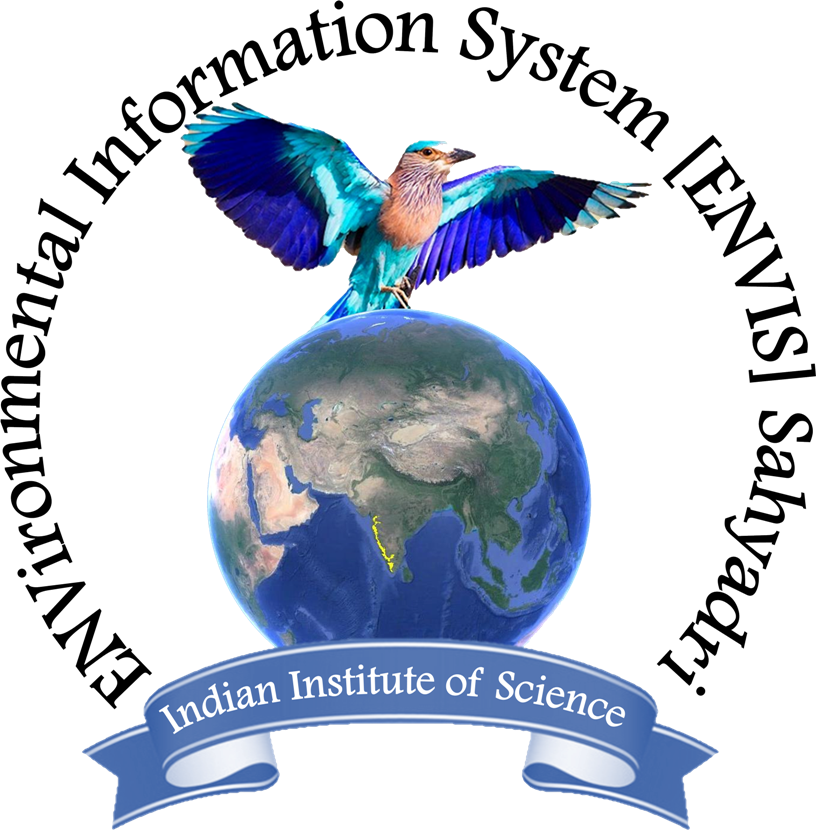Natural Resources Data Management System
1. NRDMS Programme is the geospatial technology based which aims at promoting R&D for solving area specific problems. In order to help good governance and digital India programmes, NRDMS is supporting various sub programmes like Health Geographic Information Science (HGIS), Village Information System (VIS) and Revival of Village Ponds. To develop capacity in such areas, specific training course on geospatial technologies and applications are organisedfor various target groups. The progress made over last one year on geospatial policies and technical sub programmes, are as under:
2. National Data Sharing and Accessibility Policy (NDSAP) – notified in March, 2012 is a national open data sharing portal i.e. data.gov.in which was developed to proactively share the government shareable data to the general public. At present more than 1,41984 data sets contributed by more than 108 Central Govt. departments/ Ministries have been uploaded on the portal for sharing to the general public. Efforts are also being made to enroll all the State Governments to adopt the NDSAP.
3. Sub – programmes
3.1 State Data Infrastructure (State SDIs)
State Geoportal of Karnataka has been maintained and used in updation of panchayat boundaries with the assistance of the District NRDMS Centres operational in the State. Geoportals of Uttarakhand and Haryana have been made operational for providing access to data sets of the respective State Governments. Geoportal prototypes of Odisha and Jharkhand have been tested and validated for operationalization. Geoportals of West Bengal and J&K have been under development. It has been decided to provide geospatial data services to support implementation of GIS applications in the domain of Úrban Governance’ in Karnataka and Uttarakhand and maintenance of the geospatial data assets.
During current year efforts are been made to extent this programme in the states such as Madhya Pradesh, Himachal, Punjab, Chhatisgarh, and Mizoram. This programme is being implemented with the joint financial support between DST and concerned state Government at the ration of 70:30. To provide technical guidance to the above scheme, a steering committee has been set up.
3.2 Health GIS
Health GIS was supported to map the diseases using spatial pattern and also help in developing the health emergency management system. For the last two years, more than one dozen projects have been supported on various aspects of health diseases and are being monitored in the networking mode. The major outcome is the decision support system for better management of geospatial health data of different diseases and their diagnostic schedule, interactive health maps to allow citizens to understand health performance. To achieve this various mobile applications have been developed for detecting the patient status and recommending medical aid.
3.3 Village Information System
As per the Government initiatives to identify villages for drawing development plan using geospatial technologies, 120 villages in different geo-environmental settings in different States have been selected to develop a spatial data model for data collection required for local level planning and other developmental activities. it will also help in development of an integrated information system using geospatial technologies. Finally, a decision support information module to empower planners and citizens would be developed.
3.4 Revival of Village Ponds
In order to revive the village ponds with more S&T inputs to ensure availability of water in the ponds which basically help in recharging the ground water and bringing the ground water table water up, a coordinated programme has been formulated with the involvement of academic institutions and village farmers. The programme is being implemented in different agro-ecological regions in the country to ensure proper representation of the test sites.
3.5 Landslide forewarning System
As part of the integrated landslide programme, efforts were made to develop forewarning system to monitor the critical landslides in different geo-environmental areas. At present instrument monitoring is being carried out in 5 locations i.e. Himachal near NapthaJhakri Project, Linga landslide in Ooty and Munnar slide in Kerala, Kunjethi in Uttarakhand and NGF in Dehradun. Efforts are being made to develop a correlation between threshold of the rainfall intensity and landslide occurrence. This will help in forecasting the information to the user agencies well in advance before the actual landslide take place.
3.6 Large Scale Geological and Geotechnical Mapping from Rishikesh to Kedarnath in Uttarakhand.
Detailed studies of geological and geotechnical aspects were undertaken along the Rishikesh to Kedarnath stretch to develop a co-relation between the landslide occurrence viz..a.viz geological structures and geotechnical properties of the slope material. This is being done on large scale 1:4K which will help the decision makers to decide the reconstruction of infrastructure facilities along with the study zones to minimise the impact of landslides and reduce the losses.
3.7 National Geotechnical Facility
The National Geotechnical Facility has been set up in Poonch House, Dehradun. Survey of India, Dehradun is coordinating the activities. As part of this, state of the art facility on rock and soil mechanics testing facilities have been set up. This facility is providing enough scope to meet the requirement from academic as well as stakeholders to analyse the soil and rock samples for their strength parameters. This is important to draw a comprehensive action plan for implementation of major developmental projects.
4. Capacity Building and Training
In order to create awareness and build up capacity among different types of stakeholders in academia and government, the division has supported 15 training programmes of 21 days and 16 training programmes of 3 days. As a result around 550 stakeholders were exposed to the advances in the Geospatial Science and Technology, its application and hands on training. For details, please see the website :www.dst-iget.in
Six Geospatial Chair Professors have been selected as part of the NRDMS programme. These Professors will be posted in various institutions to guide geospatial research and various applications.
5. New Initiatives
5.1 Indo-US Space Borne Gravity Observation Collaboration.
In order to strengthen the collaboration between India and US in the field of space borne gravity observations, especially under the GRACE and GRACE FO missions, A Networking sub programme on GRACE satellite data and its applications has been initiated for assessment of ground water and other applications.
5.2 Geodesy
Considering the importance of Geodesy in developing geoid model of the country, it is felt essential to develop a national programme. Efforts are being made to prepare the detailed scientific action plan with the institutions likely to participate and their work components. Programme will be launched very soon.
5.3 Coastal Hazard and Risk Assessment
India is one of the biggest country which is having a very long coast line of 7517 km, approximately including entire East and West Coast spread over several States, have been facing the problem of erosion and deposition of sediments leading to deterioration in coastal eco-system. Coastal land forms and shoreline are the result of geomorphological processes such as erosion, sediment transport and deposition as well as sea level changes. Coastal Vulnerability maps showing likely areas to be inundated is to be undertaken on priority basis using satellite data and other high resolution images. It is seen that when any cyclonic storm is taking place, lot of areas in coastal line are badly inundated and top fertile soil is also eroded. In addition, lot of infrastructure like electric poles, houses, roads, school, hospital buildings are affected. There is no proper integration of geospatial data with the models being developed for forecasting impact of cyclone. Keeping the above issue in view, Division is promoting and supporting R&D projects in developing methodologies for management of coastal zone hazard and risk assessment so that the impact of such disasters near the coastal areas can be minimized.To provide technical guidance to the above scheme, an Expert committee has been set up.
6. Steering/ Expert Committees operational in NRDMS Division are as follows:
6.1. Expert Committee on Natural Resources and Data Management System![]() 847.62 KB
847.62 KB
6.2 Steering Committee on State Spatial Data Infrastructure and Applications![]() 612.81 KB
612.81 KB
6.3. Expert Committee on Landslide Hazard Mitigation![]() 807.65 KB
807.65 KB
6.4. Expert Committee on Capacity Building and Training on Geospatial Technologies![]() 645.64 KB
645.64 KB
6.5. Steering Committee on Geospatial Chair Professor![]() 782.76 KB
782.76 KB
6.6. Expert Committee on Coastal Hazard and Risk Assessment![]() 976.05 KB
976.05 KB
6.7. Expert Committee on Spatial Data Applications for Urban Governance![]() 423.93 KB
423.93 KB
6.8. Programme Advisory Committee for National Geotechnical Facility![]() 707.15 KB
707.15 KB
Office Orders regarding Composition and Terms of Reference of the these committee may be seen on the above links.
7.0. List of various R&D projects supported under various sub-schemes of NRDMS is listed as below:![]() 166.14 KB
166.14 KB
8.0. Format for submitting R&D Project Proposal![]() 96.34 KB
96.34 KB
List of Shortlisted Proposals (First level) to be called for the presentation (Second level review) for Geospatial Technology Development Sub-schemes of NGP-DST![]() 0 bytes
0 bytes 
![]() 0 bytes
0 bytes
List of recommended proposals under Geospatial Analytics for Revival and Restoring the Economic Growth in Post COVID-19 Scenario of NGP![]() 0 bytes
0 bytes 
![]() 0 bytes
0 bytes
Call for proposal for DST-NGP (erstwhile NRDMS) in 'Geospatial Technology' 
![]() 0 bytes
0 bytes
For more information contact
Shri P. S. Acharya
Head
National Resources Data Management System (NRDMS) Department of Science & Technology
Technology Bhawan
New Mehrauli Road
New Delhi-110016.
Telefax:011-26169135
Email: psa[at]nic[dot]in


